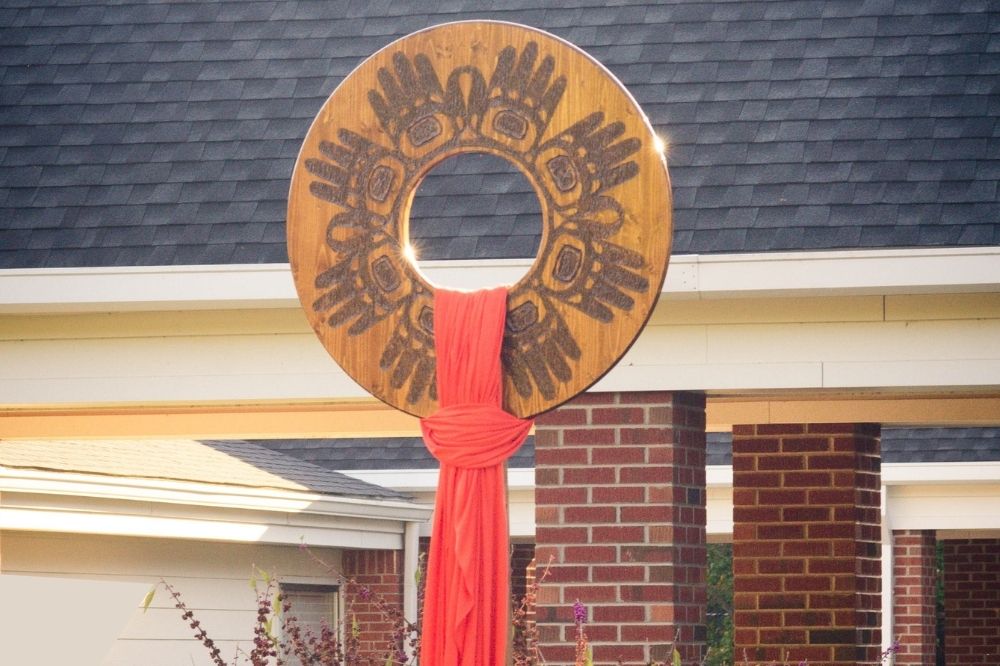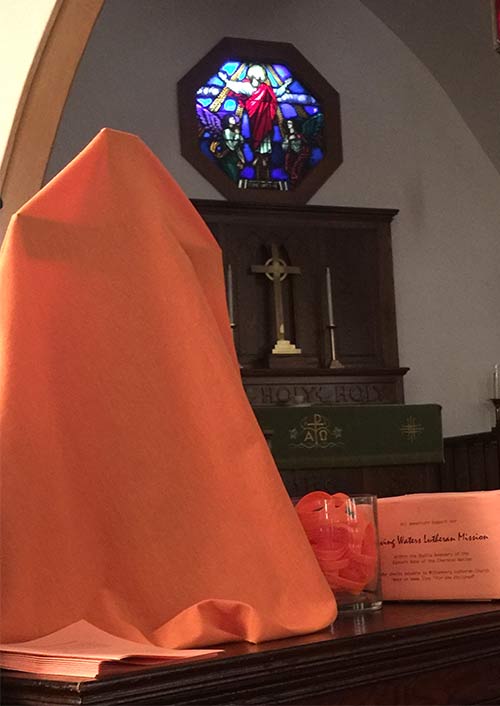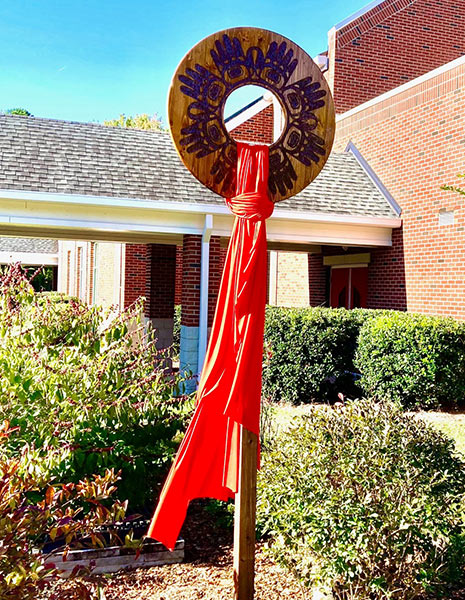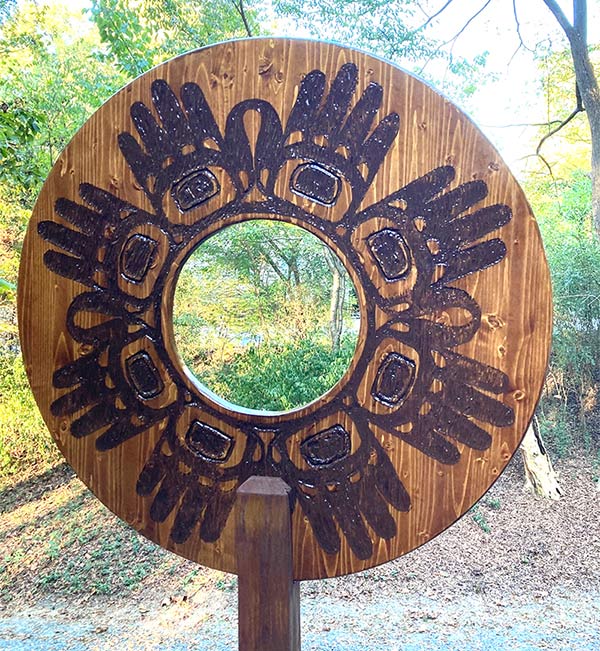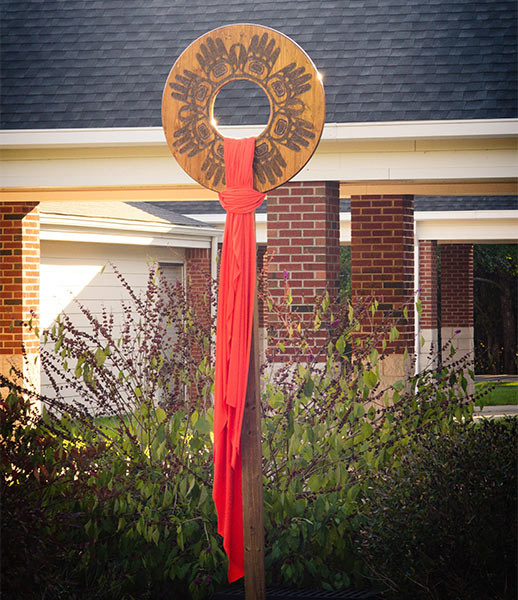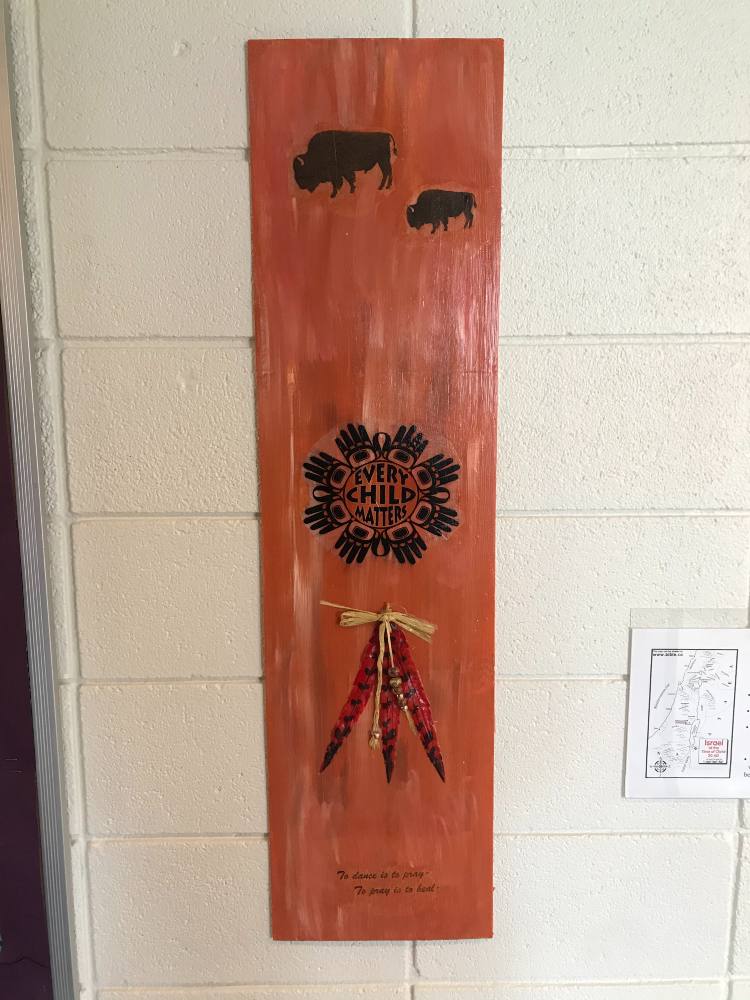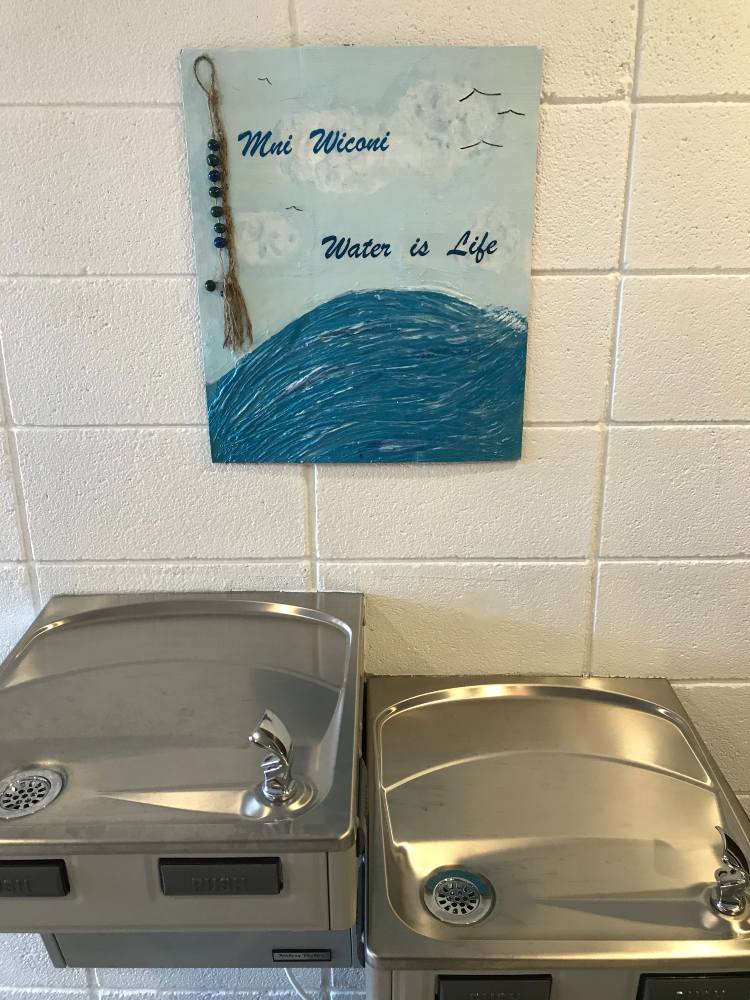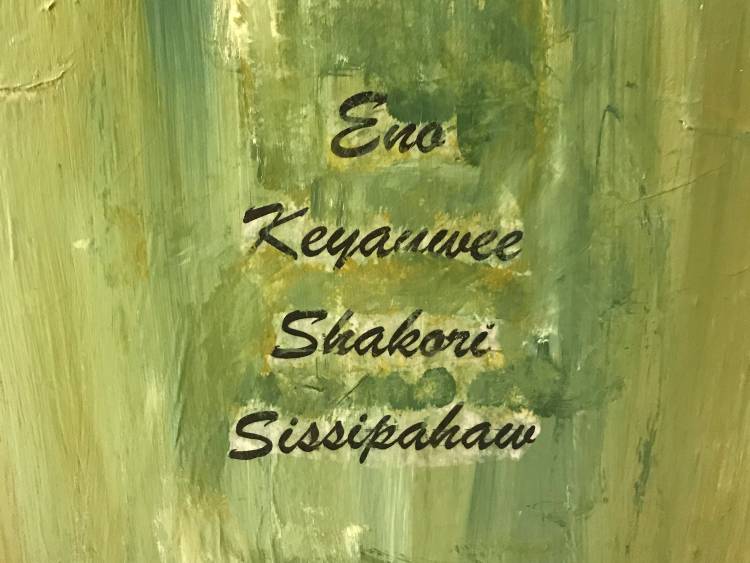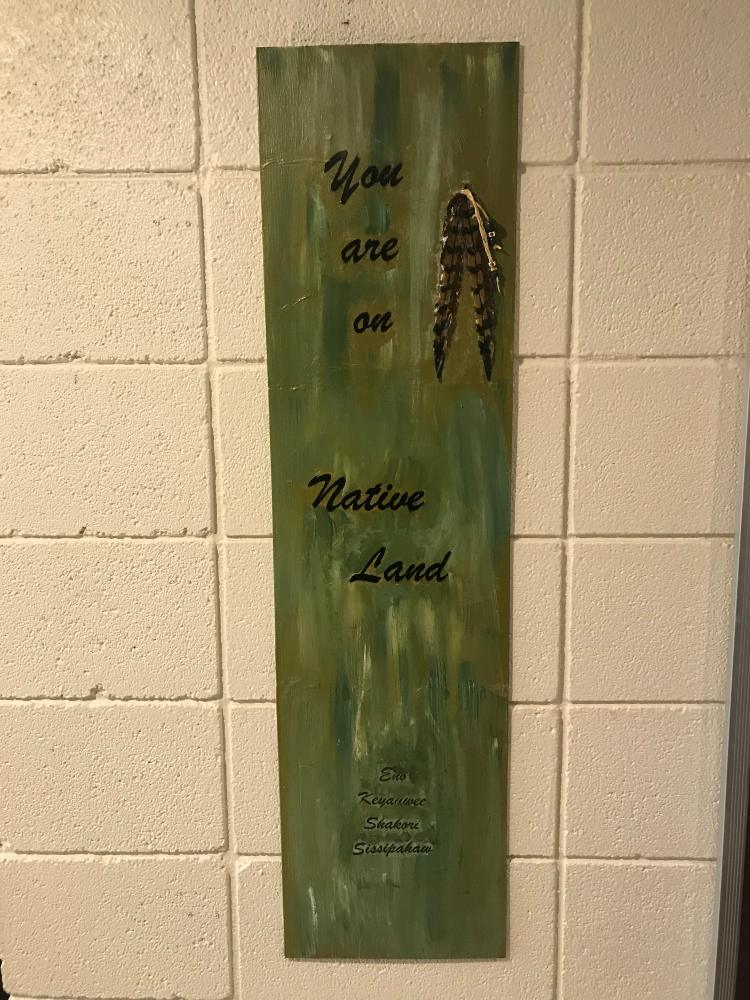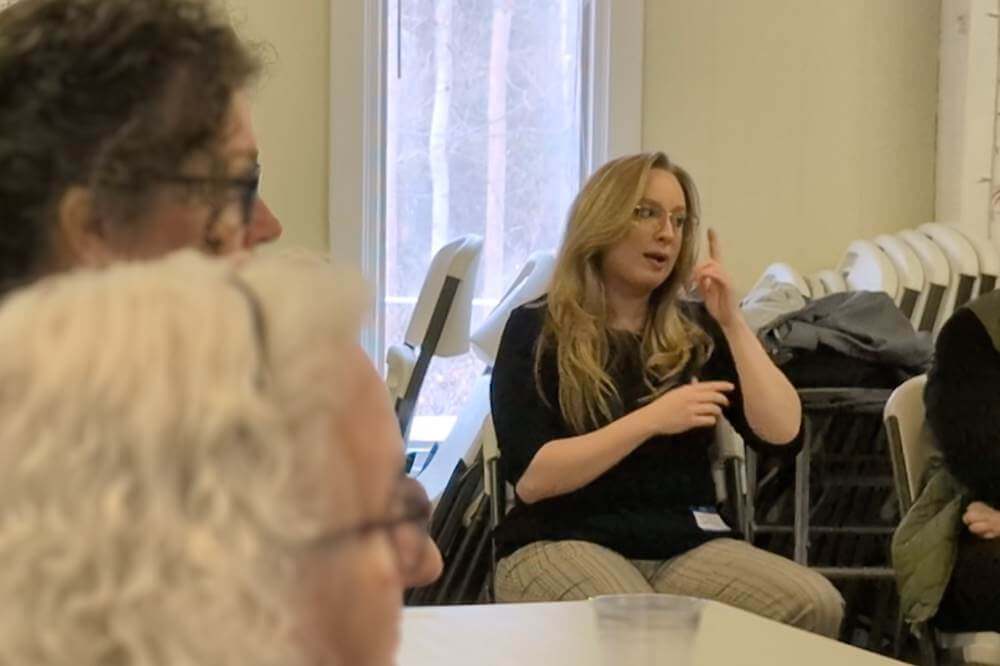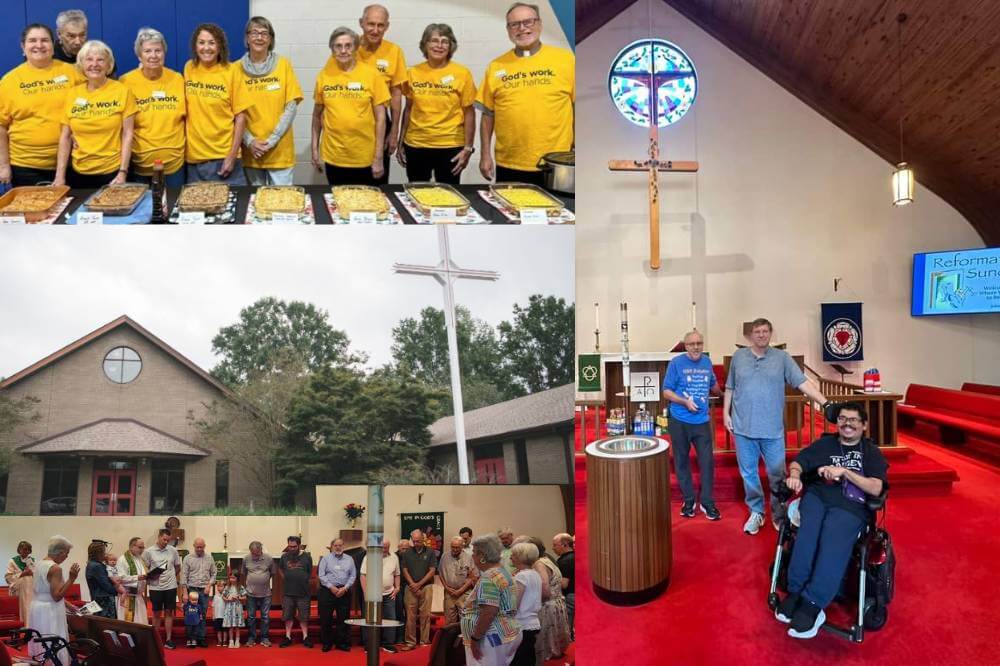Orange drape at Morning Star, Matthews
“The news of finding mass a burial site where 225 Native children were buried devastated me, even though it did not surprise me,” says the Rev. Jack Russell (Cherokee), pastor of Living Waters Lutheran Mission in Cherokee, NC. “You see, as Native people, our history shows that the finding of these children is only the tip of the iceberg.”
After the remains of children were discovered at Kamloops Residential School in British Columbia last June, the American Indian/Alaska Native Lutheran Association (AIANLA) wrote a letter asking ELCA congregations to hang an orange banner in their sanctuaries for 225 days, “in remembrance and lament for each child that was thrown into those graves, and those yet to be discovered.” Inspired by survivor Phyllis Webstad, the color orange has become symbolic of the violence inflicted on indigenous children in residential schools by the church in North America. Phyllis was six years old when she arrived at a residential school in Canada where she was immediately stripped of all clothing, including a new orange t-shirt gifted to her by her grandmother which she was never given back.
NC Synod staff responded to AIANLA’s letter by webcasting a prayer service from the synod office chapel on Orange Shirt Day, September 30, and encouraging congregations in the synod to display orange banners as signs of remembrance and solidarity in their own communities. Many congregations have answered that call in a variety of ways.
St. Mark’s, Lumberton, has members of its congregation who are also members of the Lumbee Tribe of North Carolina. Pastor Carl Rosenberg says, “I first wrote about the child with an orange shirt in one of my weekly reflections for our newsletter. There was discussion about my reflection and the next week our newsletter editor added a whole story about it.”
As the discussion grew, St. Mark’s congregation council decided to hang an orange cloth on the outdoor cross they had erected during Holy Week. They invited the congregation to participate after worship on a Sunday, using the litany shared by synod staff. “The orange cloth is a tangible thing that opens opportunities for discussion about intangible grief.”
Trinity, Vale, is one of many congregations that hung an orange banner in their sanctuary. “We presented the draped banner stand on the last Sunday of September with an explanation and story about the orange color’s significance, and with prayer,” says Pastor Tommy Lineberger. “Since then we’ve kept a weekly reminder in the bulletin. Several folks have commented how meaningful this is, and others have taken the time to watch the video clip of Pastor Jack from Living Waters, Cherokee. We feel privileged to participate as a congregation in this time of remembrance.”
Members of Morning Star, Matthews, created a wooden sculpture draped in orange to display in their churchyard. “For a few weeks, the orange banner and wooden ring were left as mysteries—people were encouraged to spend a few minutes engaging the piece without outside guidance,” says Pastor John Mouritsen. “When we unveiled its purpose and meaning, people began looking more closely at the handprints carved into the wood—almost as if those shapes were now standing in for the nameless children from all over North America. Hanging an orange banner outside our Worship Center as part of the art installation is an invitation for all of us to learn more about a part of our society and history that is often swept aside.”
Like many others, Pastor John hopes that this symbolic act will lead his community towards an ongoing commitment to Native people.
“For the next months and beyond, Morning Star is going to study our own engagement with the indigenous population in the Charlotte area, especially in the late 1700s and early 1800s,” says Pastor John. “Our hope is to acknowledge those communities that were in this area well before any Lutherans or Europeans arrived and to acknowledge those in our community today that we too often overlook out of habit, convenience, or choice.”
The NC Synod is especially touched by the witness of indigenous people—Living Waters is the only First Nations mission congregation of the ELCA east of the Mississippi River. Pastor Jack himself is a survivor of Christian residential schools.
Pastor Jack says, “To any congregation considering displaying the orange banner for 225 days—when centuries of oppression have passed, is this too much to ask of our sister churches? It is only paying a small homage to the memory of the children who never returned home. Displaying these banners in your congregation shows that you stand with the American Indian/Alaska Native people during their darkest hours and that you will advocate for us that many more children may be found.”
The North Carolina Synod stands with the American Indian/Alaska Native Lutheran Association, the ELCA, and our Indigenous siblings in naming our history of oppression. Additionally, we will both educate and act for justice and the reconciliation of all nations. Your gifts of mission support and other dollars continue to sustain the ministries of the NC Synod as together we live out our values of Christ-centered, Generosity, Relationship, and Reconciliation. Thank you for your giving!
Story Attribution:
Pastor Matt Canniff-Kesecker for the NC Synod
